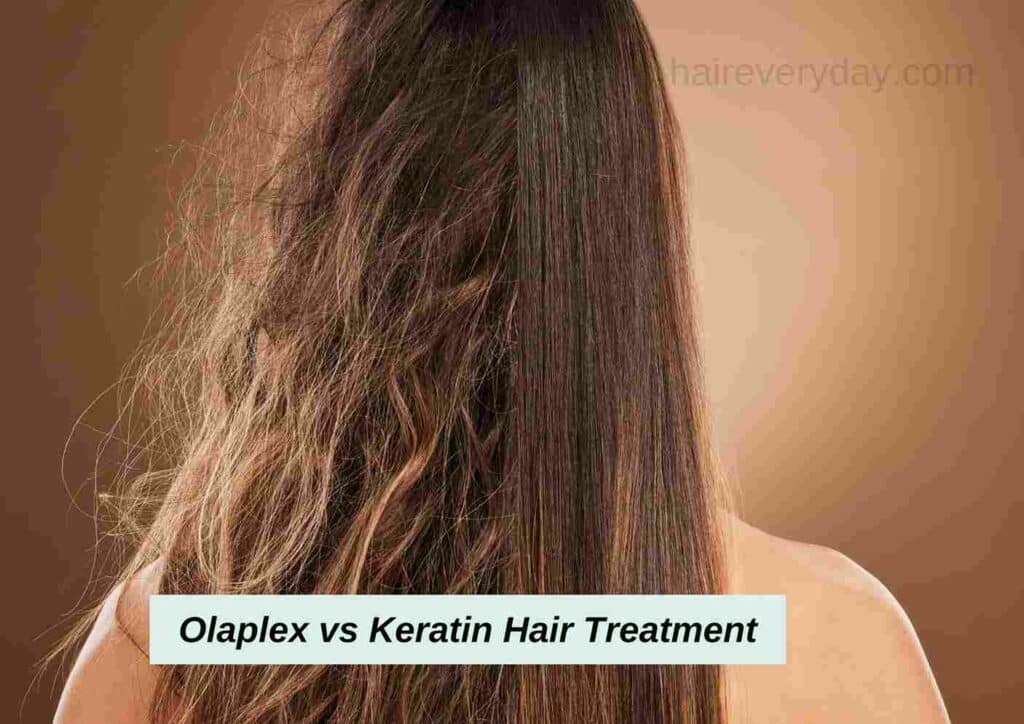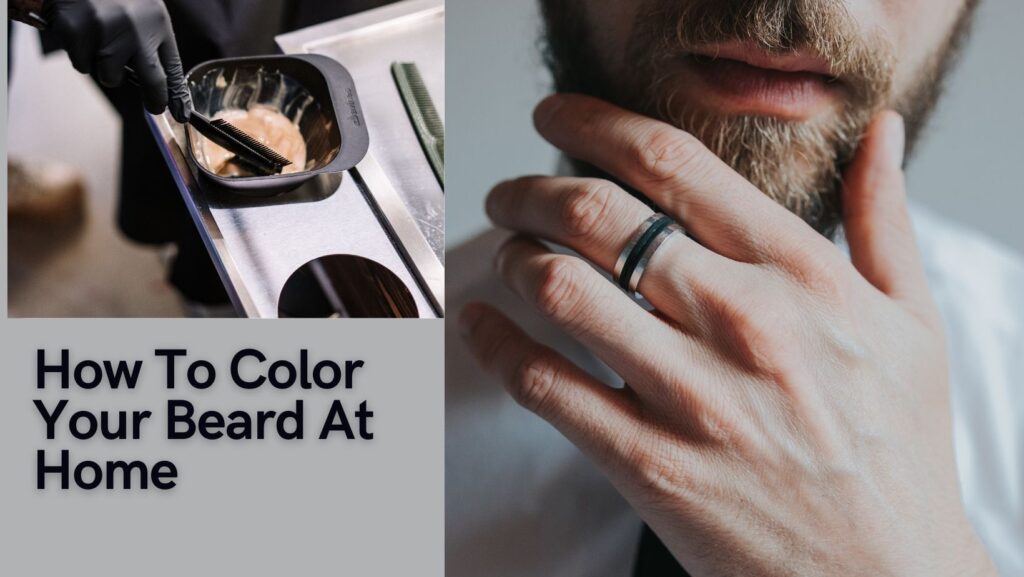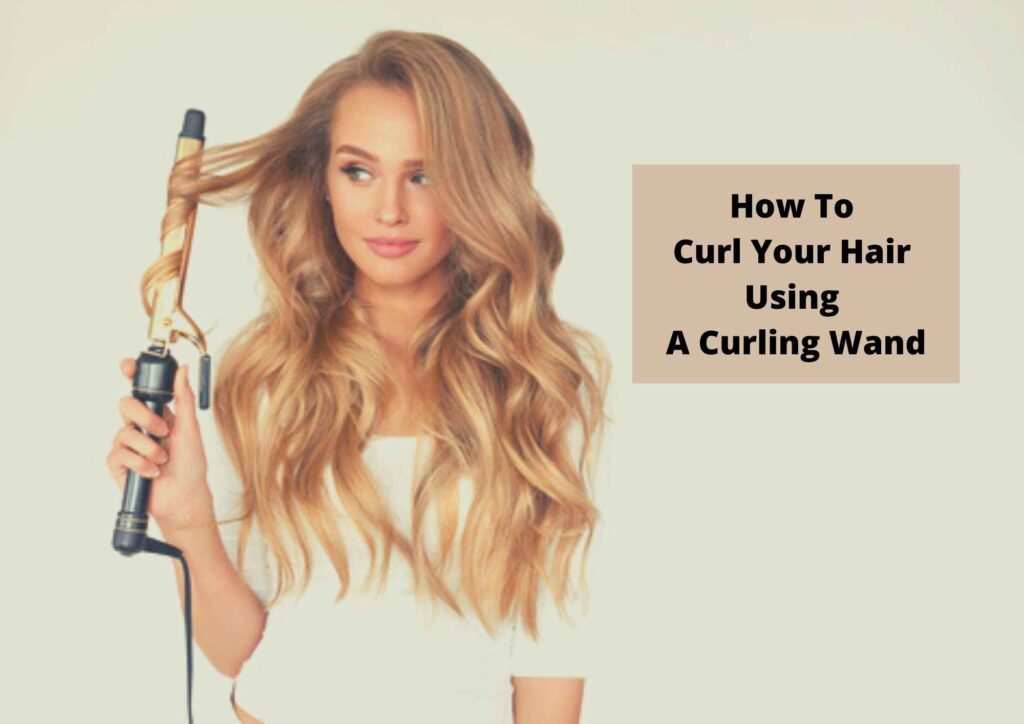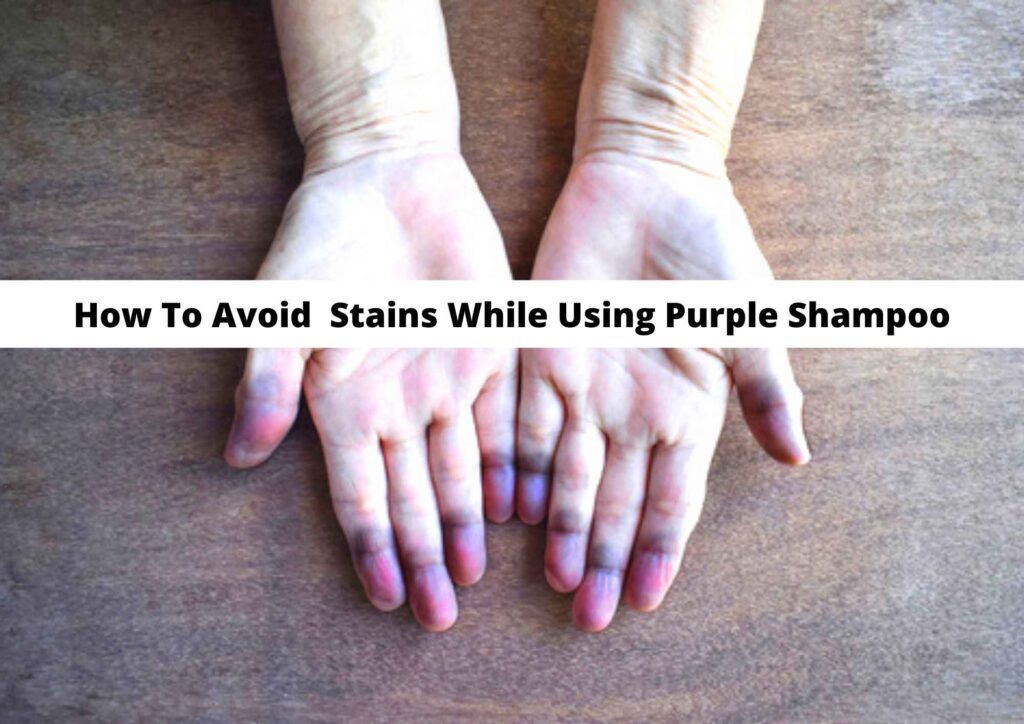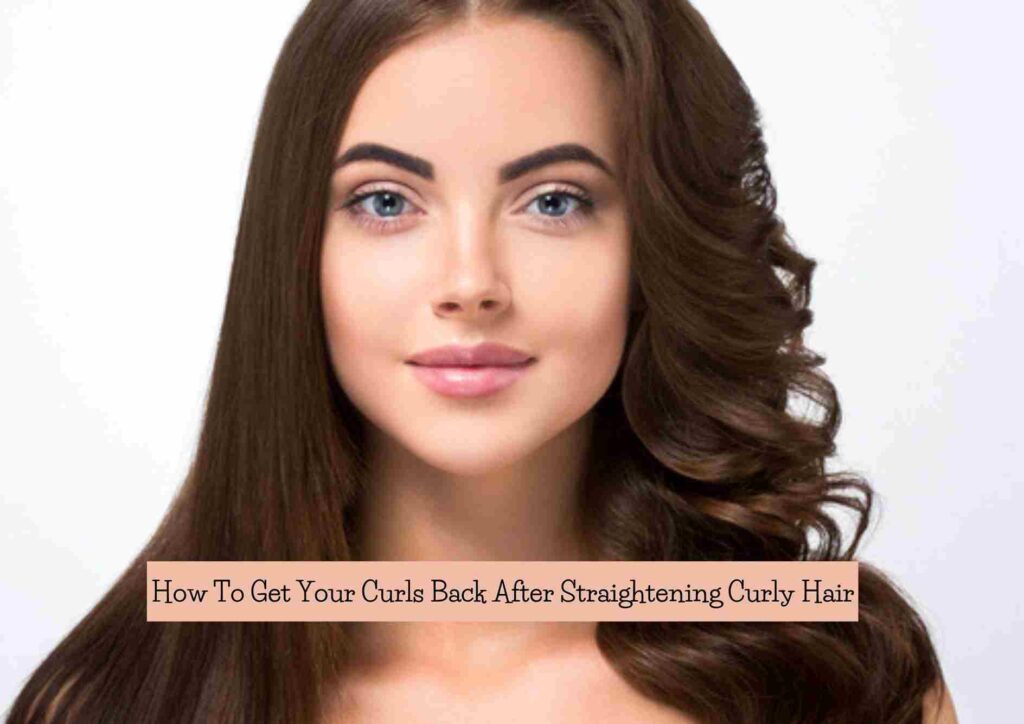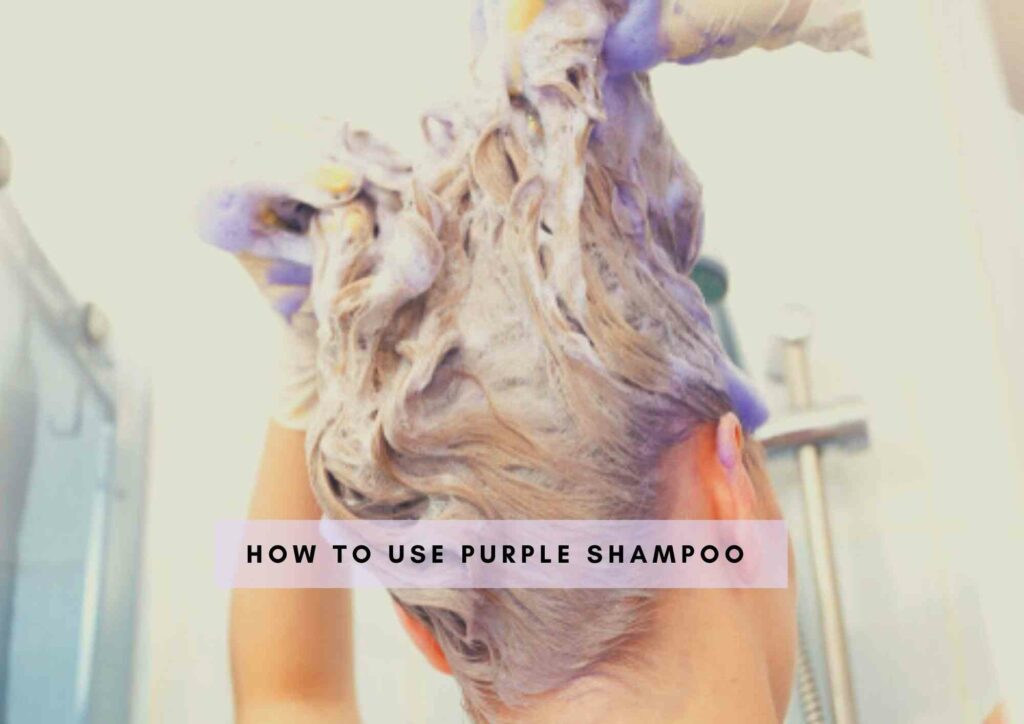Olaplex Vs Keratin Treatment? Which one is the right choice for your hair? With my experience as a haircare expert and hairstylist, I break it down for you! Read on to find out more!
As a seasoned haircare expert and hairstylist with a decade of experience in the US, I understand the importance of making well-informed decisions tailored to individual hair needs.
Two standout contenders in the haircare arena are Olaplex and keratin treatments.
To make a choice that aligns perfectly with your hair’s unique requirements, it’s crucial to unravel the complexities behind these two widely acclaimed solutions.
Olaplex Vs Keratin Treatment
| Feature | Olaplex | Keratin Treatment |
|---|---|---|
| Primary Purpose | To repair and strengthen hair by relinking broken disulfide bonds | To smooth hair and make it more manageable by adding a keratin layer |
| Treatment Process | Can be a stand-alone treatment or mixed with coloring products | Usually a salon treatment involving heat application |
| Usage | Suitable for damaged, broken, or compromised hair | Ideal for frizzy, curly, or wavy hair looking for smoothness |
| Frequency | Can be used regularly as part of a hair maintenance routine | Typically done every 3-6 months, depending on hair type |
| Hair Health Impact | Focuses on repairing hair from the inside out | Coats the hair shaft, which can improve appearance and texture |
| Lasting Effect | Long-term use can continuously improve hair strength | Effects gradually fade as the keratin layer washes out |
| Chemical Content | Free of silicones, sulfates, phthalates, DEA, aldehydes, and gluten | May contain formaldehyde or formaldehyde-releasing chemicals |
| Home vs. Salon | Available as both an at-home product and a salon service | Primarily a salon service due to the complexity of the application |
| Compatibility | Safe for all hair types, including colored and chemically treated | May not be suitable for very damaged hair or certain chemicals |
| Outcome | Healthier, stronger hair with restored bonds | Smoother, straighter, and often shinier hair |
Decoding the Differences: Olaplex Vs Keratin Treatment
Olaplex: A Revolution in Repair
Olaplex’s prowess lies in its distinctive approach to hair repair. Unlike traditional treatments that merely mask damage, Olaplex delves deep into the hair structure, targeting broken disulfide bonds within the strands.
These bonds are fundamental for maintaining hair strength and structure. Olaplex, therefore, becomes an ideal choice for those grappling with severely damaged hair.
The gradual nature of the Olaplex process sets it apart. It’s not a quick fix but rather a transformative journey towards restoration.
Regular application of Olaplex can result in visibly stronger, healthier hair. It’s not just a treatment; it’s a preventive measure contributing to long-term hair health.

Keratin Treatment: Guardian Against Frizz
On the other side of the spectrum, keratin treatments operate by coating the hair shaft with a protective layer of protein – keratin. This shield acts as a barrier, protecting the hair from external elements and reducing frizz.
Keratin treatments are renowned for delivering immediate results, transforming frizzy, unruly hair into a sleek, smooth mane with enhanced shine.
While Olaplex focuses on repair, keratin treatments prioritize beautification. They are especially beneficial for individuals dealing with frizz, regardless of hair type.
If you’re seeking instant gratification with a salon-worthy finish that lasts for weeks, keratin could be the solution.
Contrasting Hair Types and Expected Results
Understanding the nuances of each treatment extends to recognizing the ideal candidates for Olaplex and keratin.
Olaplex shines when dealing with damaged hair that needs structural repair. It’s the go-to solution for those with chemically treated or over-processed hair.
When considering Olaplex, it’s essential to delve into the patented active ingredient – bis-aminopropyl diglycol dimaleate.
This compound works as a molecular reconnection agent, effectively reconnecting the broken disulfide sulfur bonds in the hair.
Since these bonds are a fundamental component of the hair’s structure, repairing them results in stronger, more resilient strands.
Understanding the science behind Olaplex adds another layer to its appeal, especially for those who appreciate the intricacies of hair chemistry.
On the flip side, keratin treatments cater to a broader spectrum. They are a blessing for individuals battling frizz, regardless of hair type.
If you’re looking to enhance shine and manageability without the need for constant styling, keratin could be your hair’s best friend.

Keratin treatments often involve a combination of keratin and other ingredients, such as formaldehyde or its derivatives.
These formulations work by forming a protective layer around the hair shaft, smoothing the cuticles, and providing a glossy, polished finish.
However, it’s crucial to note that the use of formaldehyde has raised concerns due to its potential health risks.
Opting for formaldehyde-free formulations or consulting with a professional stylist who uses safe alternatives is essential for those considering keratin treatments.
Duration, Maintenance, and Cost Considerations of Olaplex Vs Keratin Treatment
Olaplex requires patience. It’s not a one-time application but rather an ongoing commitment to healthier hair. The gradual nature of Olaplex means that maintenance is key.
Regular treatments, complemented by a suitable hair care routine, contribute to sustained benefits.

Keratin treatments, with their immediate and transformative results, might seem like a low-maintenance option.
However, they do come with a trade-off. The sleekness and shine might fade over time, requiring more frequent touch-ups to maintain the desired look.
Cost-wise, Olaplex often involves a higher initial investment due to the gradual process and long-term benefits.
In contrast, keratin treatments might seem more budget-friendly upfront, but the need for regular touch-ups could accumulate costs over time.
Tailoring Treatment Choices: A Personalized Approach
The decision between Olaplex and keratin treatment is not a one-size-fits-all scenario. Personal hair goals, lifestyle, and preferences play a pivotal role. Consulting with a professional hairstylist becomes invaluable in this process.
An experienced stylist can assess your hair’s current condition, discuss treatment options based on your goals, and guide you towards the most suitable choice.
The importance of understanding the unique properties and potential drawbacks of each treatment cannot be overstated. It’s the key to making an informed decision aligned with your individual needs.
Side Effects and Concerns
Both Olaplex and keratin treatments have garnered popularity, but they also come with their share of concerns.
With Olaplex, some users have reported minimal irritation or dryness, which can often be mitigated with proper post-treatment care.
On the other hand, the inclusion of formaldehyde or its derivatives in some keratin treatments has led to concerns about potential health risks, including respiratory issues and skin irritation.
Choosing formaldehyde-free formulations and having the treatment performed in a well-ventilated space can help alleviate these concerns.
Incorporating Professional Insights
As a hairstylist with a decade of experience, I’ve witnessed the transformative effects of both Olaplex and keratin treatments on diverse hair types.
Understanding the unique needs of each client and tailoring treatments accordingly is at the core of my approach. During consultations, I assess the client’s hair health, discuss their goals, and consider factors such as previous treatments and lifestyle.
For clients with severely damaged hair, Olaplex often becomes a fundamental component of their hair care routine. Its gradual approach aligns well with the need for ongoing repair, and regular treatments contribute to a noticeable improvement in the hair’s overall condition.
Additionally, educating clients on proper at-home maintenance further enhances the effectiveness of Olaplex.
Conversely, for those seeking immediate results in terms of frizz control and enhanced shine, keratin treatments offer a swift solution.
I emphasize the importance of choosing formaldehyde-free formulations to address safety concerns. Moreover, guiding clients on post-treatment care ensures the longevity of the results.
Conclusion
In conclusion, the Olaplex vs. keratin treatment dilemma is a matter of understanding your hair’s unique needs and your desired outcomes.
Olaplex emerges as the hero for those on a journey of hair repair, while keratin treatments excel in providing instant gratification, especially for frizz-prone or color-treated hair.
Also Read:
- Curl Cream Vs Leave In Conditioner
- Olaplex Vs Pureology
- Protein Treatment Vs Hair Spa
- Olaplex Vs Redken
- Olaplex vs Ouai
To Summarize

